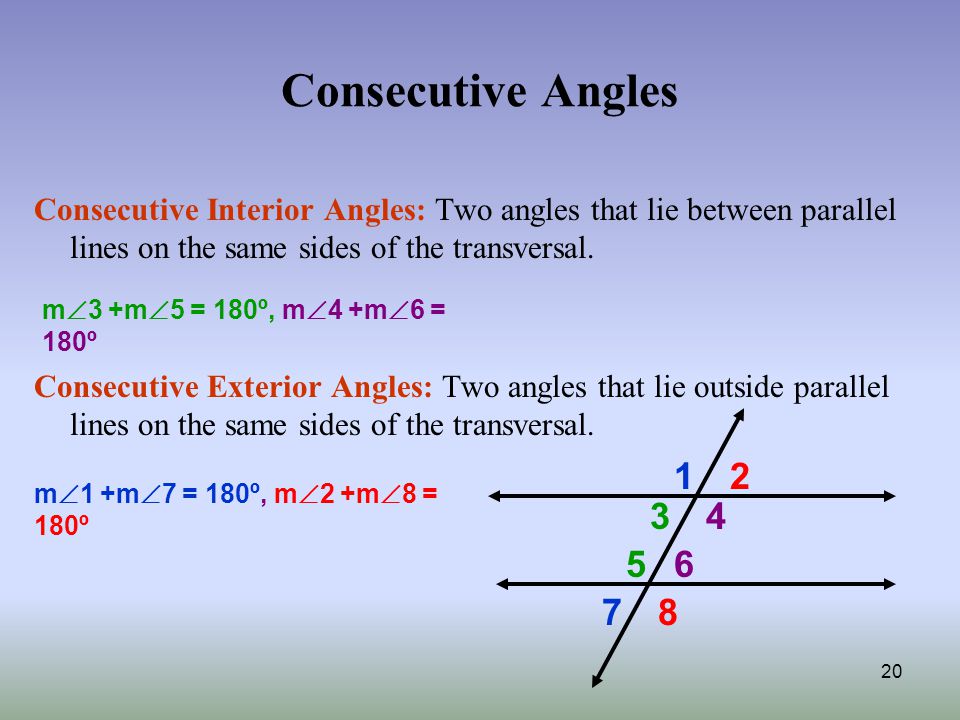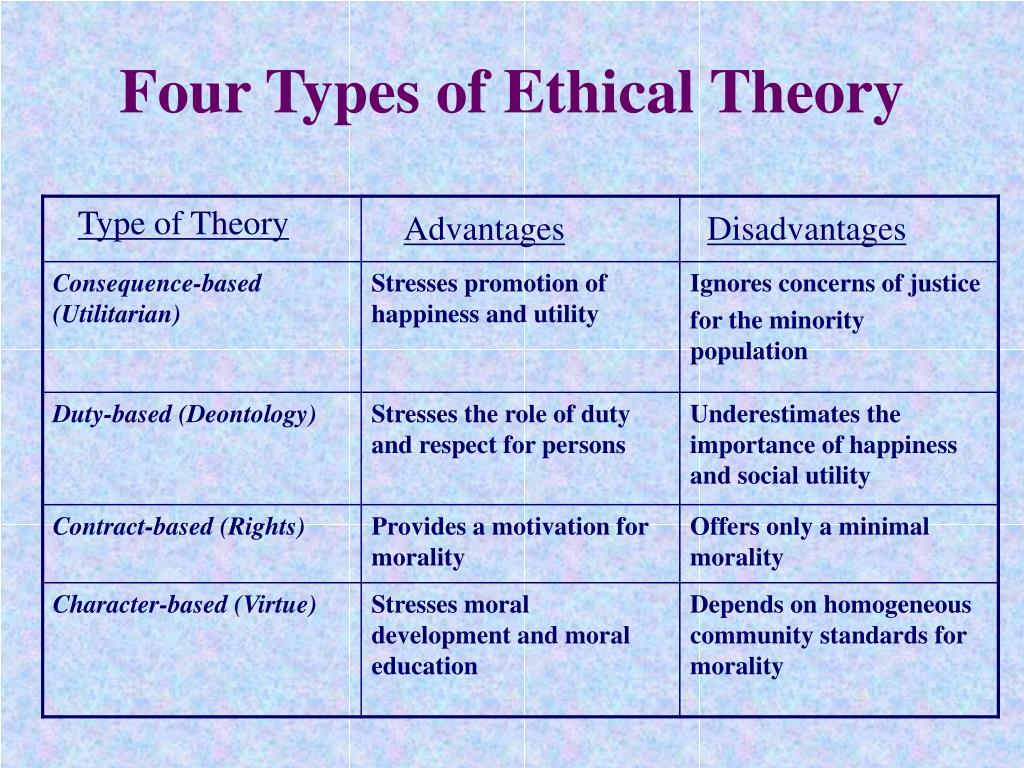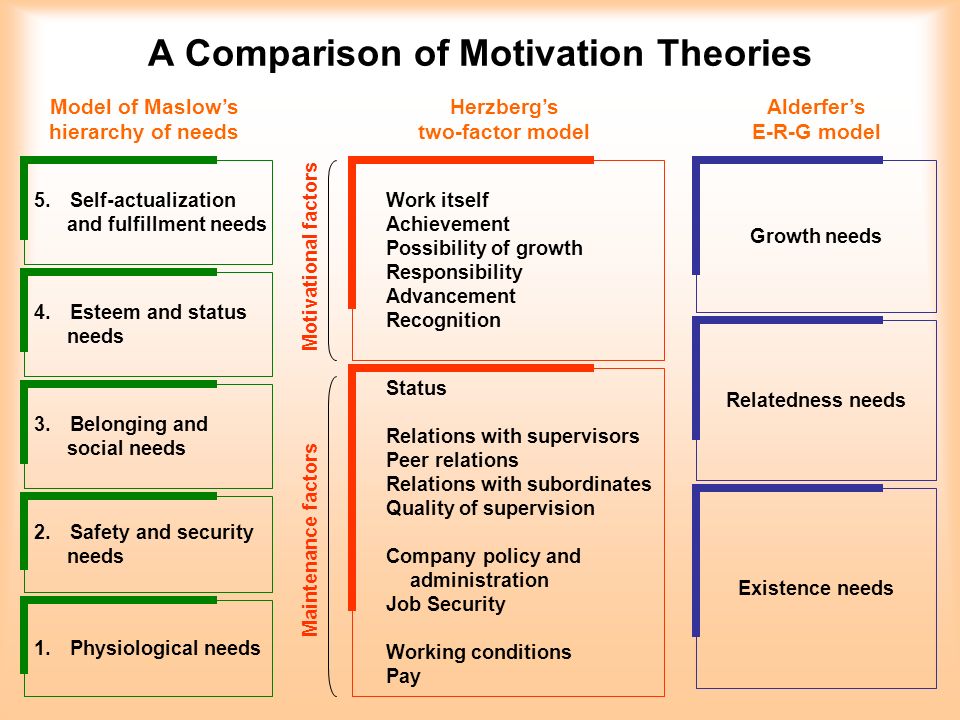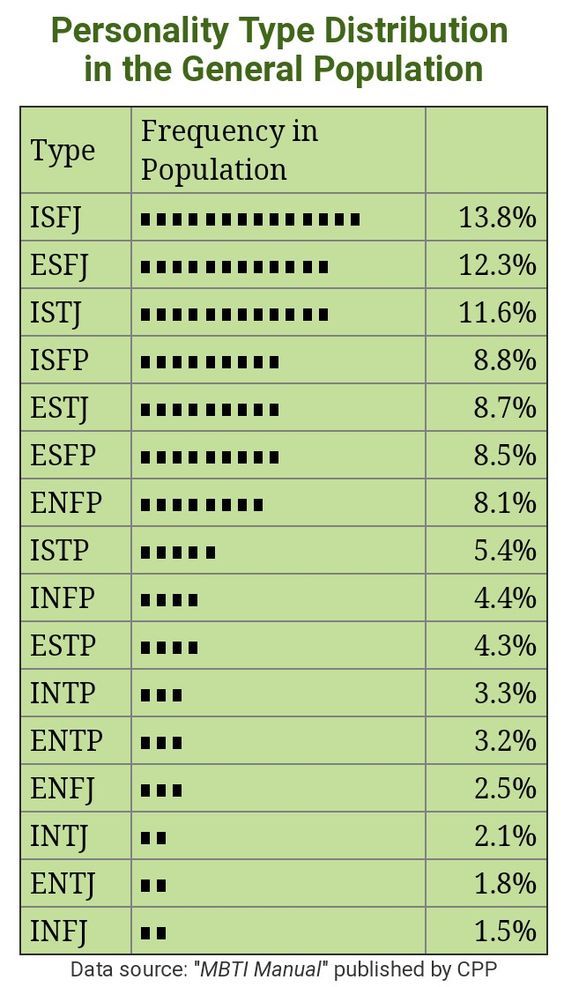Complementary needs theory
Do Opposites Really Attract? Complementary Needs Theory of Interpersonal Attraction
The Complementary Needs Theory suggests that people may choose a partner who compliments (or completes) and meets their own personal needs.
Studies show that complementary interaction between two partners increases their attractiveness to each other. Some studies also reveal that complementary partners preferred closer interpersonal relationship than non-complementary ones. Couples who reported the highest level of loving and harmonious relationship were more dissimilar in dominance than couples who scored lower in relationship quality.
Mathes and Moore found that people were more attracted to peers approximating to their ideal self than to those who did not. Specifically, low self-esteem individuals appeared more likely to desire a complementary relationship than high self-esteem people. We are attracted to people who complement to us because this allows us to maintain our preferred style of behavior, and through interaction with someone who complements our own behavior, we are likely to have a sense of self-validation and security.
Why Complementary Types Connect?
“I think the most important thing you can ask yourself about a prospective mate is: If this person were not a romantic interest, would they be one of your very best friends?” says Sam Hamburg, Ph.D., a marital therapist and author of Will Our Love Last?
What’s ‘familiar’ about a mate may not always be immediately evident, however. “People may feel chemistry with someone who treats them in a way that’s familiar because it’s a dynamic they know,” says Lisa Firestone, a clinical psychologist and author of Sex and Love in Intimate Relationships. A woman who grew up with an alcoholic father, for example, may end up with a wild-man artist, who’s similarly unpredictable but (hopefully) in more positive ways. So, don’t be surprised if your relationship echoes some dynamic from your past.
So, why complementary types may fall in love and, what is more important, stay in love?
She’s super-organized; he’s a constant mess. He’s a quiet couch potato; she’s the life of the party. We’ve all seen couples whose personalities seem light years apart. “There’s a lot of chemistry between opposites and the relationship has a lot of passion,” says Firestone. “But eventually they may end up hating each other for the very things that drew them together in the first place.”
He’s a quiet couch potato; she’s the life of the party. We’ve all seen couples whose personalities seem light years apart. “There’s a lot of chemistry between opposites and the relationship has a lot of passion,” says Firestone. “But eventually they may end up hating each other for the very things that drew them together in the first place.”
A better match, say experts, are people whose personalities are complementary but not complete contradictions. “Sometimes a really high-strung person will calm down around someone who’s laid-back, or maybe the person who has a lot of energy is a motivating influence on the person who’s mellow, and it’s really good for them both,” says Firestone. Likewise, personalities that are too similar can miss out on new experiences. “If two people are very risk-averse, they might never pursue opportunities that they should,” points out Hamburg. “And on the flip side, two people who are high risk-takers might get themselves into trouble. But if you have one who’s more risky and one who’s cautious, then through a dialogue the couple might be able to make better decisions than they would if they were the same. ”
”
Complementary couples do run the risk, though, of falling even deeper into their differences. “When a person dates someone who plays a balancing role, he or she tends to polarize: The quiet person gets quieter, and the talkative person becomes the spokesperson for the relationship,” points out Firestone. “He may start to think that he’s a whole person only when he’s with her, and vice versa. And when people do that, the quality of relating tends to deteriorate.” So, couples should be careful to treat their partner’s strengths not as a crutch, but as an opportunity to watch and learn new habits and skills to move outside their comfort zones on occasion.
Let’s see a clear example of real life situation, when a shy girl who has a good sense of humor might be attracted to a guy who has a good sense of humor too (similar to her) and who is confident (complementary to her shyness). So according to the attraction theory both similarity and complementary traits can be present in the same person and thus they may not contradict each other by any means.
So, according to the theory, individuals have a strong desire to maintain a predictable social reality and by interacting with others who fit in with long-held expectations this allows for the maintenance of a consistent self-image. For example, for the anxious individual, an avoidant partner would confirm their negative self-view by responding negatively to their intimacy-seeking and would confirm their negative expectations through appearing distant and rejecting. Similarly, whilst an anxious partner’s high intimacy and low independence would confirm the avoidant individual’s positive view of self, these would confirm their negative expectations of others as clingy and dependent.
Similarity or Complementarity?
While principles of similarity and complementarity seem to be contradictory on the surface, in fact, they may play together perfectly well to justify development of the harmonious relationship. Both principles agree with the statement that friendly people would prefer friendly partners.
The importance of similarity and complementarity ratio may depend also on the stage of the relationship. Similarity seems to carry considerable weight in initial attraction, while complementarity assumes importance as the relationship develops over time. Markey found that people would be more satisfied with their relationship if their partners differed from them, at least, in terms of dominance, as two dominant persons may experience conflicts while two submissive individuals may have frustration as neither member take the initiative.
Perception and actual behavior might not be congruent with each other. There were cases that dominant people perceived their partners to be similarly dominant, yet in the eyes of independent observers, the actual behavior of their partner was submissive, in other words, complementary to them. Why do people sometimes perceive their romantic partners to be similar to them despite evidence to the contrary? The reason remains unclear, pending further research.
Sources and Additional Information:
http://en.wikipedia.org/wiki/Interpersonal_attraction
http://www.chemistry.com/datingadvice/DestinedToDate
http://hrsbstaff.ednet.ns.ca/kbmact/theories_of_attraction.htm
http://www.2knowmyself.com/similarity_and_attraction_theory
http://www.attachmentresearch.org/pdfs/JSPR07-204%20FINAL%20and%20ACCEPTED%20VERSION.pdf
Some Implications of the Homogamy-Complementary Needs Theories of Mate Selection for Sociological Research* | Social Forces
Navbar Search Filter Social ForcesThis issueSocial SciencesBooksJournalsOxford Academic Mobile Microsite Search Term
Close
Navbar Search Filter Social ForcesThis issueSocial SciencesBooksJournalsOxford Academic Microsite Search Term
Advanced Search
Journal Article
Get access
Wayne Kernodle
Wayne Kernodle
Search for other works by this author on:
Oxford Academic
Google Scholar
Social Forces, Volume 38, Issue 2, December 1959, Pages 145–152, https://doi. org/10.2307/2573935
org/10.2307/2573935
Published:
01 December 1959
Navbar Search Filter Social ForcesThis issueSocial SciencesBooksJournalsOxford Academic Mobile Microsite Search Term
Close
Navbar Search Filter Social ForcesThis issueSocial SciencesBooksJournalsOxford Academic Microsite Search Term
Advanced Search
Article PDF first page preview
Close
This content is only available as a PDF.
© Copyright, 1959, The Williams & Wilkins Company
© Copyright, 1959, The Williams & Wilkins Company
Issue Section:
Articles
You do not currently have access to this article.
Download all slides
Sign in
Get help with access
Get help with access
Institutional access
Access to content on Oxford Academic is often provided through institutional subscriptions and purchases. If you are a member of an institution with an active account, you may be able to access content in one of the following ways:
IP based access
Typically, access is provided across an institutional network to a range of IP addresses. This authentication occurs automatically, and it is not possible to sign out of an IP authenticated account.
Sign in through your institution
Choose this option to get remote access when outside your institution. Shibboleth / Open Athens technology is used to provide single sign-on between your institution’s website and Oxford Academic.
- Click Sign in through your institution.
- Select your institution from the list provided, which will take you to your institution's website to sign in.
- When on the institution site, please use the credentials provided by your institution. Do not use an Oxford Academic personal account.
- Following successful sign in, you will be returned to Oxford Academic.
If your institution is not listed or you cannot sign in to your institution’s website, please contact your librarian or administrator.
Sign in with a library card
Enter your library card number to sign in. If you cannot sign in, please contact your librarian.
If you cannot sign in, please contact your librarian.
Society Members
Society member access to a journal is achieved in one of the following ways:
Sign in through society site
Many societies offer single sign-on between the society website and Oxford Academic. If you see ‘Sign in through society site’ in the sign in pane within a journal:
- Click Sign in through society site.
- When on the society site, please use the credentials provided by that society. Do not use an Oxford Academic personal account.
- Following successful sign in, you will be returned to Oxford Academic.
If you do not have a society account or have forgotten your username or password, please contact your society.
Sign in using a personal account
Some societies use Oxford Academic personal accounts to provide access to their members. See below.
See below.
Personal account
A personal account can be used to get email alerts, save searches, purchase content, and activate subscriptions.
Some societies use Oxford Academic personal accounts to provide access to their members.
Viewing your signed in accounts
Click the account icon in the top right to:
- View your signed in personal account and access account management features.
- View the institutional accounts that are providing access.
Signed in but can't access content
Oxford Academic is home to a wide variety of products. The institutional subscription may not cover the content that you are trying to access. If you believe you should have access to that content, please contact your librarian.
Institutional account management
For librarians and administrators, your personal account also provides access to institutional account management. Here you will find options to view and activate subscriptions, manage institutional settings and access options, access usage statistics, and more.
Here you will find options to view and activate subscriptions, manage institutional settings and access options, access usage statistics, and more.
Purchase
Subscription prices and ordering for this journal
Purchasing options for books and journals across Oxford Academic
Short-term Access
To purchase short-term access, please sign in to your personal account above.
Don't already have a personal account? Register
Some Implications of the Homogamy-Complementary Needs Theories of Mate Selection for Sociological Research* - 24 Hours access
EUR €31.00
GBP £23.00
USD $40. 00
00
Advertisement
Citations
Altmetric
More metrics information
Email alerts
Article activity alert
Advance article alerts
New issue alert
Receive exclusive offers and updates from Oxford Academic
Citing articles via
-
Latest
-
Most Read
-
Most Cited
Stratified Entry into Illegality: How Immigration Policy Shapes Being Undocumented
Review of “Thinking like an Economist: How Efficiency Replaced Equality in U. S. Public Policy”
S. Public Policy”
It’s Not the Message, It’s The Messenger: Organizational Identity and White Men’s Opposition to Women’s and African Americans’ Civic Participation
Identification in Interaction: Racial Mirroring between Interviewers and Respondents
Identificational Orientations among Three Generations of Migrants in France
Advertisement
Sitemap
State autonomous professional
educational institution
Republic of Bashkortostan
"Salavat Medical College"
453261 Republic of Bashkortostan
Salavat, st. Furmanova, 4
Phone/fax: (3476)-38-78-83
e-mail: [email protected]
- College Information
- Basic information
- Structure and governing bodies of the college
- Documents
- Education
- Educational standards and requirements
- Manual.
 Teaching staff
Teaching staff - Logistics and equipment of the educational process
- Scholarships and other financial support
- Paid educational services
- Financial and business activities
- Vacancies for reception (transfer)
- Personal data processing
- Anti-corruption
- Legal framework for combating extremism and terrorism
- Vacancies
- Information security
- Olympics
- Mentoring
- Available environment
- International cooperation
- Applicant
- Applicant
- Control figures for the reception of citizens
- Admission Rules
- Regulations on Individual Achievements
- Local regulations
- List of specialties
- Document acceptance schedule
- Terms of admission under contracts for the provision of paid educational services
- Information on the need for applicants to undergo a mandatory preliminary medical examination (examination)
- Exemplary entrance tests
- Features of conducting entrance examinations for the disabled and persons with disabilities
- Information about the possibility of filing documents by mail
- Submission of documents by e-mail
- List and deadlines for submission of documents
- Information on the availability of a hostel and the number of places in hostels allocated for nonresident applicants
- Enrollment Orders
- Number of applications submitted
- Filing and hearing appeals
- College Application
- Appeal of citizens on admission issues
- Targeted training
- Consent to the processing of personal data
- Entrance examinations
- Rating of applicants
- student
- Fundamentals
- Regulations
- Culture and sports
- Dormitory
- Student Council
- Life safety
- Teaching materials
- Employment of graduates
- Graduate Accreditation
- Page of educational psychologist
- Student Union
- Scholarship of the Head of the Republic of Bashkortostan
- teacher
- Reference information
- Educational and methodical work
- Additional education
- Republican information and training pedagogical seminars
- Distance learning
- Competitions and Olympiads
- Contacts
- Hotline
- Feedback
- Contacts of controlling organizations
This page does not exist.
|
1.
 2. Principles of taxation - TAXATION
2. Principles of taxation - TAXATION In the financial and budgetary system, there are relations regarding the formation and use of finance states:
budget and off-budget funds. She is called ensure the effective implementation of social, economic, defense and other functions of the state. An important "artery" of the financial and budgetary system are taxes.
Taxes arose together with commodity production, the division of society into classes and the emergence of the state, which funds were required for the maintenance of the army, courts, officials and other needs.
“Taxes embody economically expressed the existence of the state, stressed K. Marx. In the era of the formation and development of capitalist relations the importance of taxes began to increase: for the maintenance of the army and navy, providing conquering new territories markets for raw materials and sales of finished products, the treasury needed additional funds.
Based on the need for the most complete meeting the needs of the state in financial resources state establishes a set of taxes that must be levied according to uniform rules and on the same principles. The first such principles were formulated by Adam Smith, who, in his work An Inquiry into the Nature and Causes of the Wealth of Nations, published in 1776, for the first time formulated four basic principles taxation.
The first such principles were formulated by Adam Smith, who, in his work An Inquiry into the Nature and Causes of the Wealth of Nations, published in 1776, for the first time formulated four basic principles taxation.
Principle of equality and justice: All citizens are required to participate in the formation finances of the state in proportion to the income and opportunities received.
Certainty principle: the tax to be paid by everyone must be exactly determined, the time of its payment is determined, the method and amount of the tax must be clear and are known both to the taxpayer himself and to anyone else.
The principle of economy: the maximum efficiency of each specific tax, expressed in low costs of the state for tax collection and content of the tax apparatus. In other words, administrative costs management of the tax system and compliance with tax laws should be minimal.
Principle of convenience: each tax must be collected at such time and in such manner as convenient for the taxpayer. This means eliminating formalities and simplifying act of paying taxes.
This means eliminating formalities and simplifying act of paying taxes.
Having formulated and scientifically substantiated these principles, Adam Smith laid the foundation (beginning) of the theoretical development of fundamental basics of taxation.
German economist Adolf Wagner expanded a list of previously proposed principles, setting them out in nine basic rules, grouped into four groups.
Financial principles:
- sufficiency of taxation, i.e. tax revenue should be sufficient to cover government spending;
- elasticity, or mobility, of taxation, i.e. state should be able to introduce new and abolish existing taxes, as well as vary tax rates.
Economics and economic principles:
- proper choice of the object of taxation, i. the state should be able to establish the object of taxation;
- the reasonableness of building a tax system that takes into account the consequences and the terms of their offer.

Ethical principles:
- universality of taxation;
- uniformity of taxation.
Tax principles administration:
- certainty of taxation;
- ease of paying taxes;
- maximum reduction of collection costs.
Thus, in the theory of taxation, there was laid the foundation for a system of principles of taxation that combines the interests both the state and the taxpayers.
Practical application of the listed principles found only at the beginning of the 20th century, when after the First World War in the economy of many countries are ripe and began to implement tax reforms. Meanwhile, the tax theory is not limited to these classical principles and rules. As development and improvement of tax systems, the financial science, clarifying the old and highlighting the new principles of taxation. Designed in XVIII-XIX centuries and updated in the 20th century. taking into account modern realities of economic and financial theory and practice principles of taxation at present formed into a certain system. This system consists of three directions.
This system consists of three directions.
The first direction is economic principles.
The principle of equality and justice. According to this principle, all legal and physical persons must participate materially in financing the needs state in proportion to the income they receive under the auspices of
and with the support of the state. Wherein equality and fairness must be ensured in the vertical and horizontal aspects.
Vertical aspect assumes what:
- Increasing income should increase tax rates;
- taxpayers who receive more material benefits from the state.
The horizontal aspect implies that taxpayers with the same income must pay tax at the same rate rate.
In building world tax systems, these two aspects, as a rule, are successfully combined, which creates the most favorable conditions for the implementation of this most important principle of taxation. Counts, that progressive taxation is fairer because it provides greater equality among taxpayers.
The principle of efficiency. The essence of this principle is that taxes should not interfere development of production, while contributing to the policy of stabilization and development of the country's economy. An effective tax system should encourage economic growth, economic activity of citizens and organizations.
Principle of proportionality of taxes. This principle lies in the ratio of budget filling and consequences of taxation. When establishing taxes and determining their main elements must take into account the economic implications for both the budget and for the long-term development of the national economy and impact on business activities of taxpayers.
The principle of plurality. The plurality of taxes makes it possible to create the prerequisites for implementation by the state of a flexible tax policy, to a greater extent take into account attention to the solvency of taxpayers, equalize the tax burden, influence consumption and accumulation, etc. The practical application of this principle should be based on a reasonable combination of direct and indirect taxes. For implementation of this principle, it is necessary to use all the variety of types of taxes, allowing to take into account both the property status of taxpayers and the income they receive.
The practical application of this principle should be based on a reasonable combination of direct and indirect taxes. For implementation of this principle, it is necessary to use all the variety of types of taxes, allowing to take into account both the property status of taxpayers and the income they receive.
The second direction includes organizational principles of taxation.
The principle of universalization of taxation. Its essence lies in the fact that it is impossible to establishment of additional taxes, increased or differentiated rates taxation depending on the form of ownership, organizational and legal forms of organizations, their industry affiliation, citizenship of an individual, and the same approach to the calculation of taxes outside the depending on the source or place of income generation.
The principle of convenience and timing of tax collection for taxpayer. Based on this principle, introduction of any tax, all formalities must be eliminated: the act of paying the tax should be as simple as possible; tax is paid not by the recipient of income, but organization in which he works, the tax payment must be timed to time of income. According to this principle, taxes on consumption when the tax is paid at the same time as the purchase goods.
According to this principle, taxes on consumption when the tax is paid at the same time as the purchase goods.
Principle of division of taxes by levels of government. This principle, which is of exceptional importance, especially in a federal state, must be enshrined in law. He establishes that each authority (federal, regional, local) vested with specific powers in the field of introduction, abolition of taxes, establishing tax incentives, tax rates and other elements taxation.
The principle of the unity of the tax system. Based on this principle, it is impossible to impose taxes, violating the unity of the economic space and the tax system of the country. AT Therefore, taxes that directly or indirectly restrict free movement within the territory of the country of goods, works and services or financial resources; cannot otherwise restrict the implementation of legally prohibited economic activities of individuals and legal entities or create obstacles in its path.
The principle of publicity. This is a requirement for the official publication of tax laws, normative acts affecting the tax obligations of the taxpayer. proceeding from this principle, the state is obliged to inform the taxpayer about applicable taxes and fees, provide explanations and advice on the procedure calculating and paying taxes.
The principle of simultaneity. In a normally functioning tax system, it is not allowed taxation of the same object by several taxes. In other words, one and the same object may be taxed only of one type and only once per statutory tax period.
The principle of certainty. Without respect for this principle, rational and sustainable tax system. This principle means that tax laws should not be interpreted arbitrarily, and tax laws must be laws of direct actions that exclude the need to issue instructions explaining them, letters, clarifications and other normative acts. However, the tax system be flexible and easily adaptable to changing socio-economic conditions, it should be possible to refine it, taking into account changes political and economic conditions.
Third track - legal principles taxation.
The principle of the legislative form of establishment. This principle provides that the tax requirement of the state on the need to pay tax and the obligation of the taxpayer must follow from the law, hence taxes cannot be arbitrary. It is forbidden allow the establishment of taxes and fees that prevent citizens from exercising their constitutional rights. But since taxation always means a certain restriction of rights, when establishing taxes, it is necessary to take into account the fact that the rights and freedoms of man and citizen may be limited by law only in that to the extent necessary to protect the foundations of the constitutional order, morality, health, defense and security states.
Tax priority principle legislation. Its essence lies in the fact that the acts regulating relations in general and not related to taxation issues, not should contain rules establishing a special procedure for taxation. it means that if there are rules in non-tax laws regarding tax relations, then they can be applied only if they comply with the norms contained in the tax legislation.
it means that if there are rules in non-tax laws regarding tax relations, then they can be applied only if they comply with the norms contained in the tax legislation.
Russian economic literature often distinguish another principle of taxation, namely the scientific approach to the formation of the tax system. The authors see the essence of this principle in the fact that the value of the tax burden on the taxpayer should allow him to have income after paying taxes to ensure a normal life. Unacceptable at determining tax rates proceed from the purely momentary interests of replenishment state treasury to the detriment of economic development and interests taxpayer.
Note that the use of any principle taxation requires a serious scientific approach and analysis. Application of all system of principles or a single principle is not generally accepted in world theory and practice. However, there are principles that are undeniable and are accepted as an axiom. Historically fundamental principles, which should form the basis of any tax system are principles developed by Adam Smith and Adolf Wagner.
 org/10.2307/2573935
org/10.2307/2573935













